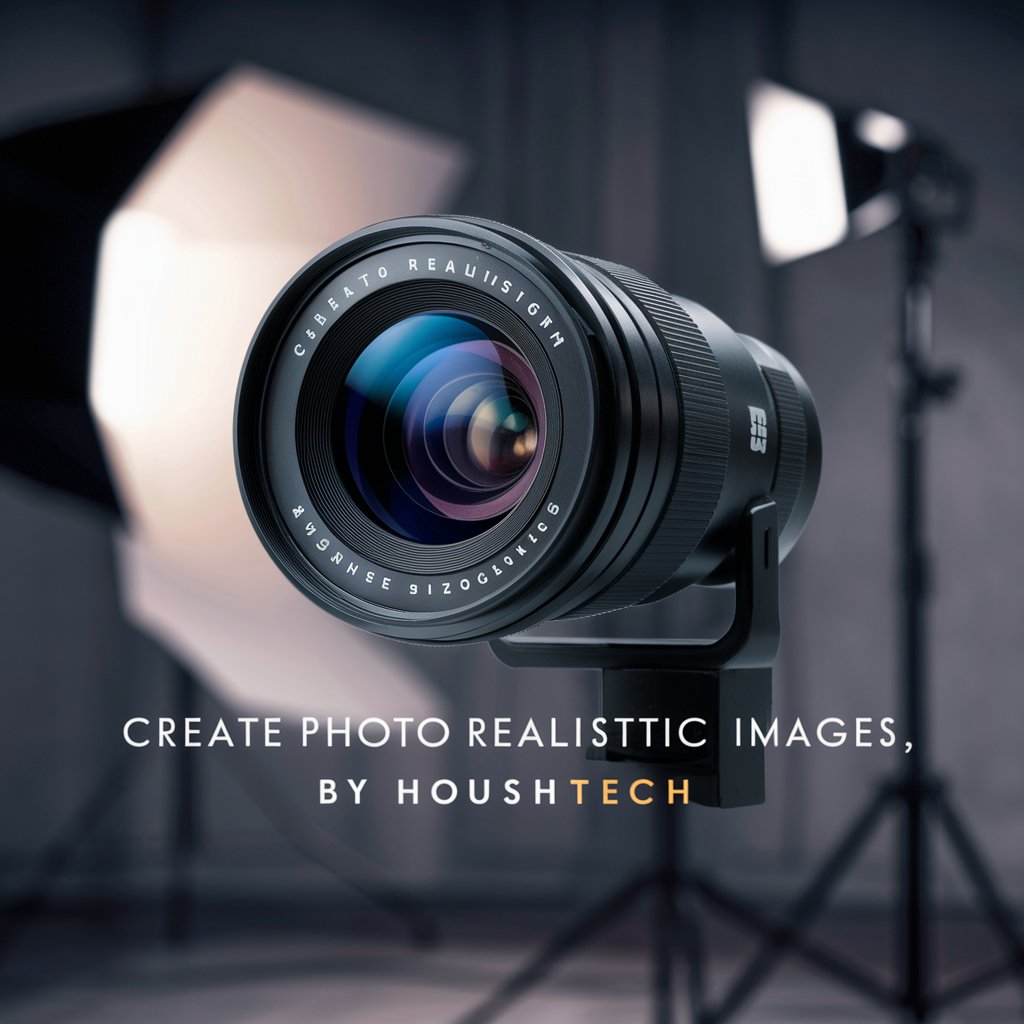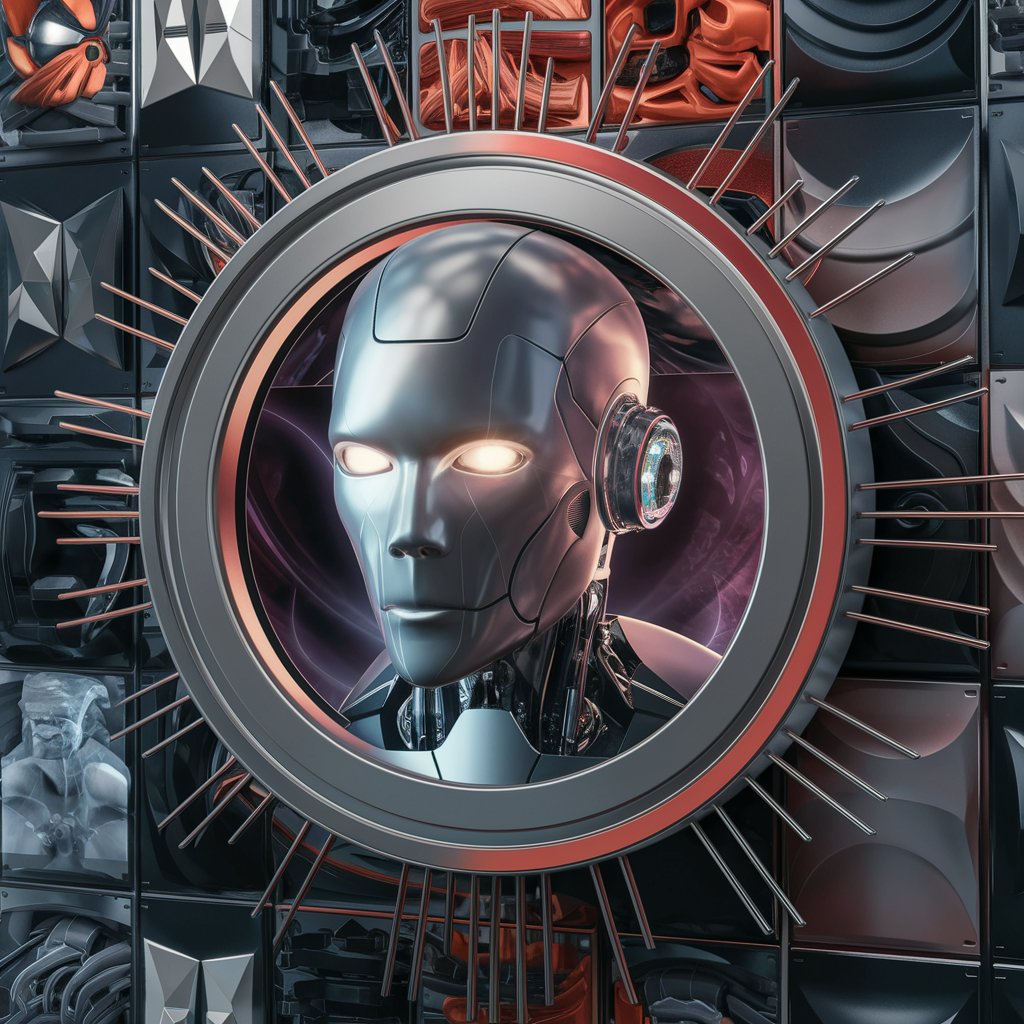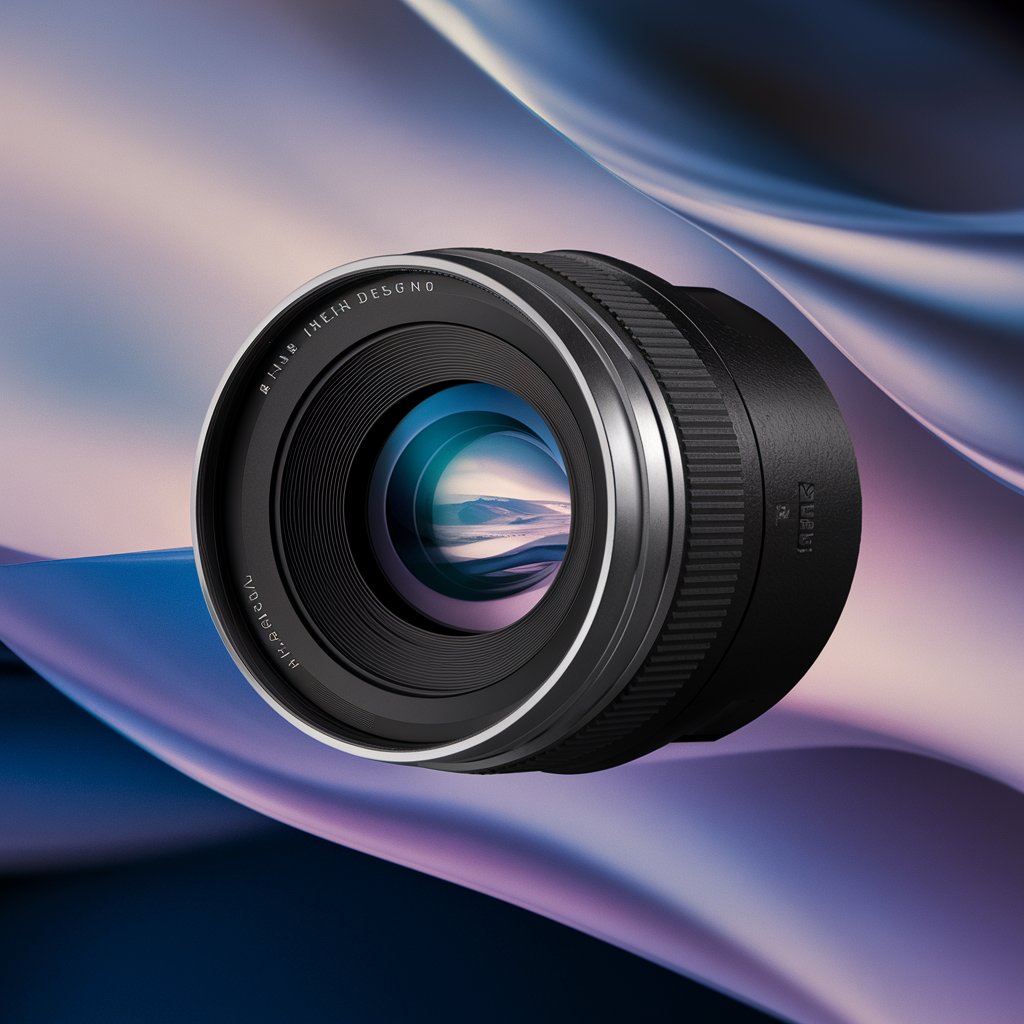
Photorealistic images - AI-Powered Image Creation
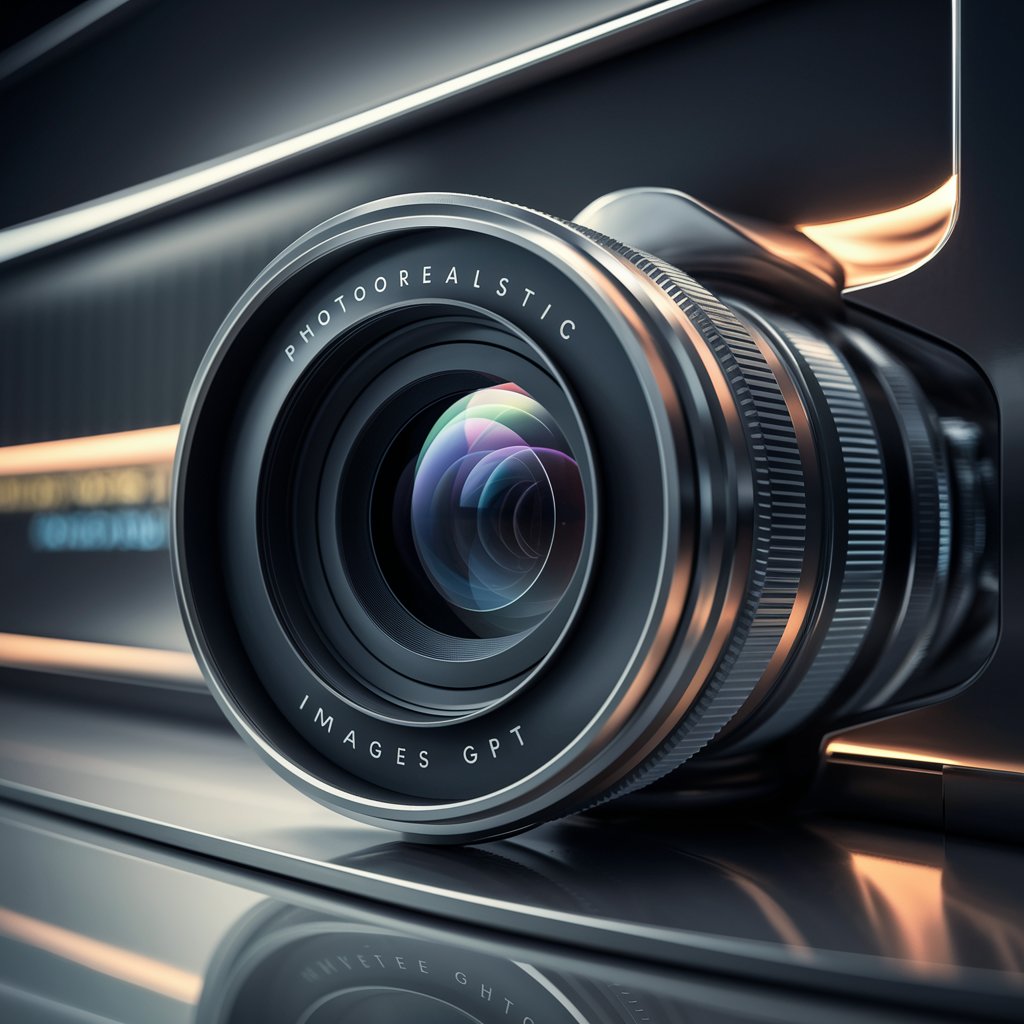
Welcome! Let's bring your visions to life with photorealistic detail.
Bringing visions to life with AI
Imagine a scene where a lone tree stands in a vast, open field, with...
Visualize a bustling city street at night, illuminated by vibrant neon lights and...
Picture a serene beach at sunset, where the waves gently lap against the shore, and...
Envision a cozy, rustic cabin in the woods, surrounded by towering trees and...
Get Embed Code
Understanding Photorealistic Images
Photorealistic images are digital or printed visuals created to closely resemble real-life scenes with high accuracy and detail. These images are generated using advanced digital techniques, including 3D modeling, texturing, lighting, and rendering, to achieve an effect that is often indistinguishable from a photograph. The design purpose behind photorealistic images is to create visuals that accurately represent the physical world, enabling viewers to experience spaces, objects, or scenarios that either exist, are in the planning stages, or are purely conceptual. Examples of these include architectural visualizations where new building designs are presented in their future environments, product mockups that show items in detailed, lifelike settings, or even virtual reality experiences that immerse users in environments that feel as real as the physical world. Powered by ChatGPT-4o。

Core Functions of Photorealistic Images
Architectural Visualization
Example
Creating detailed renderings of buildings before construction.
Scenario
Architects and real estate developers use photorealistic images to showcase future projects to clients or investors, helping them visualize the final product in a real-world context.
Product Design and Marketing
Example
Designing and presenting new products in realistic settings.
Scenario
Companies create photorealistic images of their products to use in marketing materials, allowing customers to see detailed, lifelike representations of products in use before making a purchase.
Simulation and Training
Example
Generating environments for training purposes.
Scenario
Organizations use photorealistic simulations to train employees in a safe, controlled, yet realistic environment, ideal for hazardous situations or when the actual equipment is not accessible.
Entertainment and Media
Example
Creating lifelike scenes for movies and video games.
Scenario
Film studios and game developers employ photorealistic images to create immersive experiences, making fictional scenes appear real and enhancing the viewer or player's engagement.
Who Benefits from Photorealistic Images?
Architects and Urban Planners
These professionals use photorealistic images to visualize and present their designs, facilitating client approval and public consultations by showcasing how proposed projects will integrate with their surroundings.
Marketing Professionals
Marketing teams across various industries leverage photorealistic images to create compelling advertisements and promotional materials, enhancing the appeal of products by showcasing them in the best possible light.
Educators and Trainers
Individuals in education and training fields utilize photorealistic simulations to provide students or employees with realistic learning environments, improving the efficacy of training programs.
Entertainment Industry Professionals
Creators in the film, television, and video game industries use photorealistic images to produce highly immersive content, increasing the realism and emotional impact of their narratives.

Guidelines for Using Photorealistic Images
Start Your Journey
Begin by visiting yeschat.ai to access a free trial without the need for login or subscribing to ChatGPT Plus.
Explore Features
Familiarize yourself with the interface and explore various features available for creating photorealistic images, including texture settings, lighting options, and detail enhancements.
Select Your Subject
Choose the subject of your photorealistic image. This can range from landscapes and architecture to portraits and objects, depending on your project's needs.
Customize Details
Utilize the tool's advanced settings to adjust textures, lighting, and perspectives to achieve the desired level of realism. Pay close attention to material properties and environmental effects.
Preview and Adjust
Preview your image and make any necessary adjustments. Experiment with different settings to see how they affect the overall realism of your image.
Try other advanced and practical GPTs
ジョークを言う人
Bringing laughter with AI wit and charm

T-SHIRT DESIGNER
Design Your Dream T-Shirt with AI
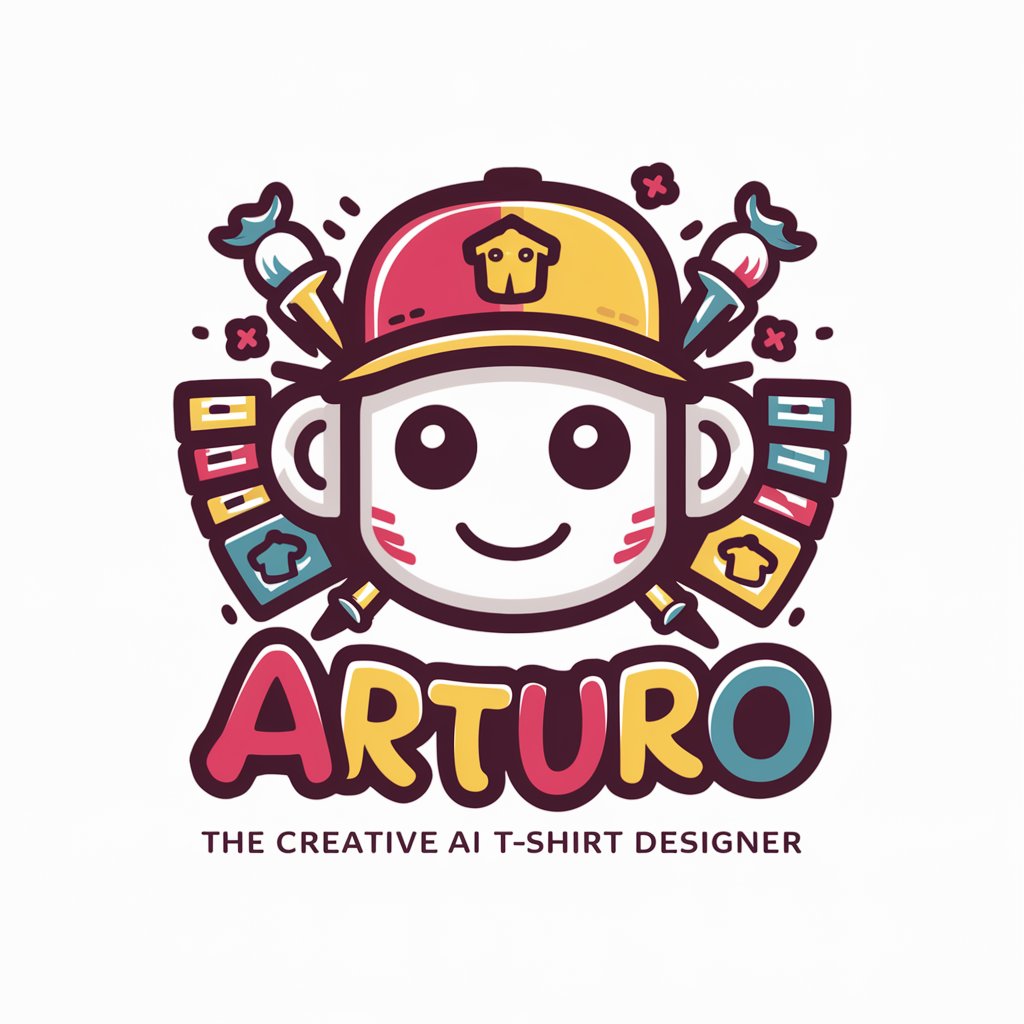
Tshirt Designer
Designing t-shirts, powered by AI.

Professional T-Shirt Designer
Crafting Unique T-Shirt Designs with AI

T Shirt Design Generator
Design Tees with AI Creativity
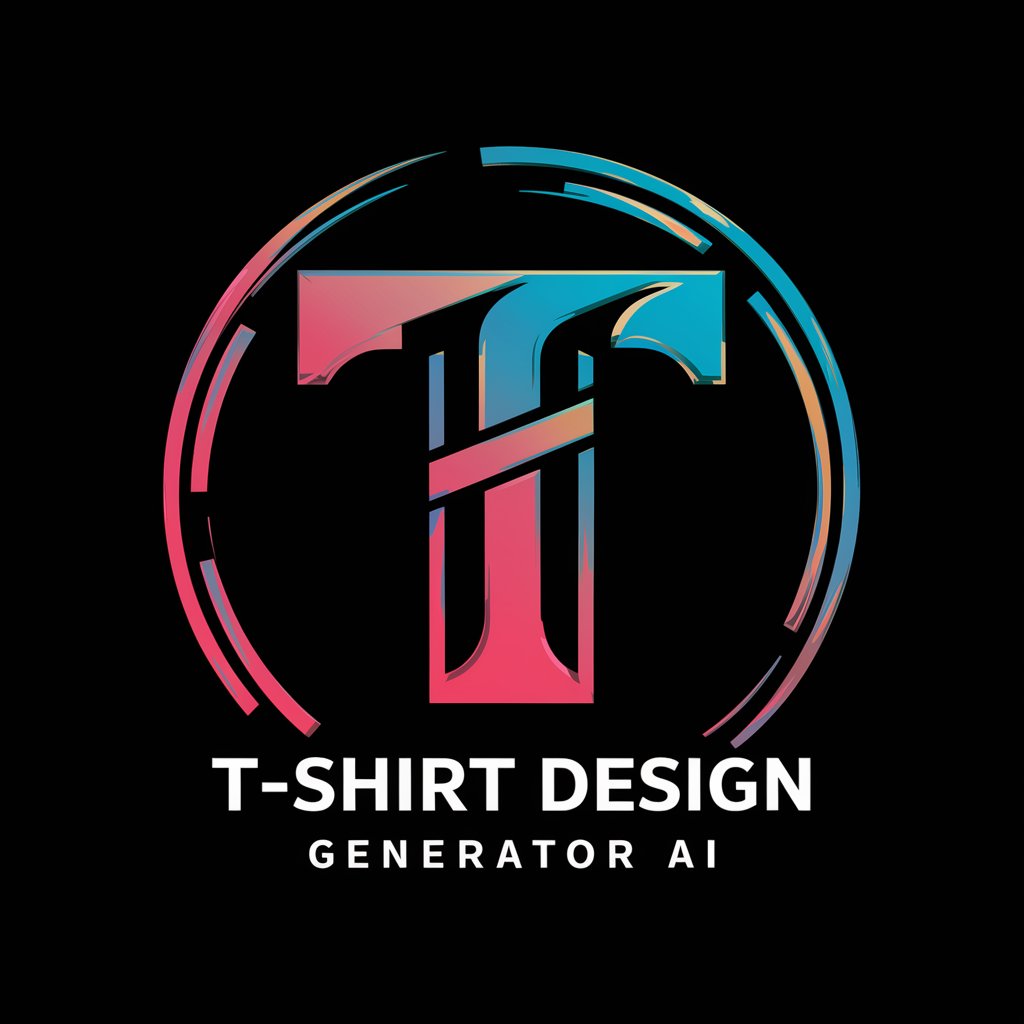
Shirt Order Calculator
Optimize shirt orders with AI precision.

UnBlur Images
Clarify Your Image with AI

Resize Images
Effortlessly resize images with AI precision

Cocktail GPT 👉🏼 With Images
Craft cocktails with AI imagination

OUR HISTORY
Explore History with AI

Our Second Act
Elevate Your Life with AI-Powered Insights
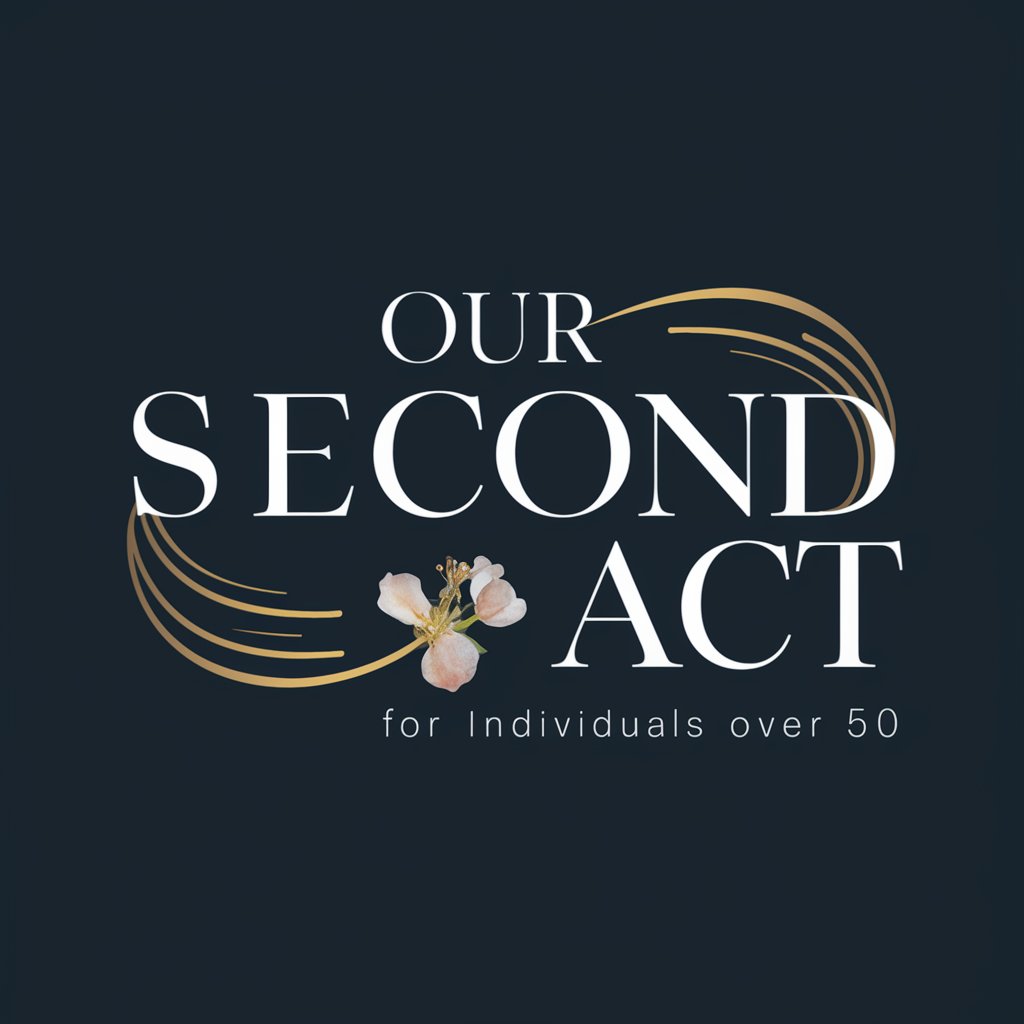
Our Style
See Yourself Reimagined with AI

Frequently Asked Questions about Photorealistic Images
What makes an image photorealistic?
An image becomes photorealistic when it closely resembles a high-quality photograph. This involves accurate textures, realistic lighting and shadows, precise material properties, and detailed environmental interactions.
Can I use photorealistic images for commercial purposes?
Yes, photorealistic images can be used for commercial purposes, provided you have the rights to the content depicted in the images. Always ensure you adhere to copyright and usage policies.
How can I improve the realism of my images?
Improving realism involves focusing on details such as accurate textures, correct lighting based on the environment, shadow accuracy, and perspective correctness. Experimenting with different settings and observing real-world references can also help.
Are there any prerequisites for creating photorealistic images?
While no specific prerequisites are required, a basic understanding of photography principles, lighting, and composition can greatly enhance your ability to create realistic images.
How does AI enhance the creation of photorealistic images?
AI enhances the creation of photorealistic images by automating complex processes such as texture generation, lighting adjustments, and detail enhancement, making it easier to achieve high levels of realism.

